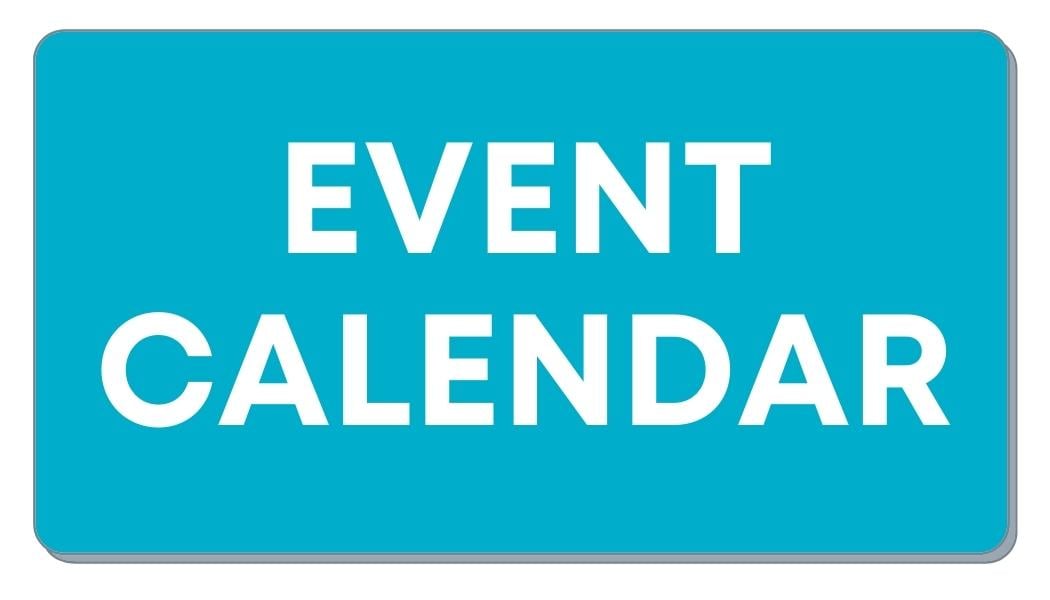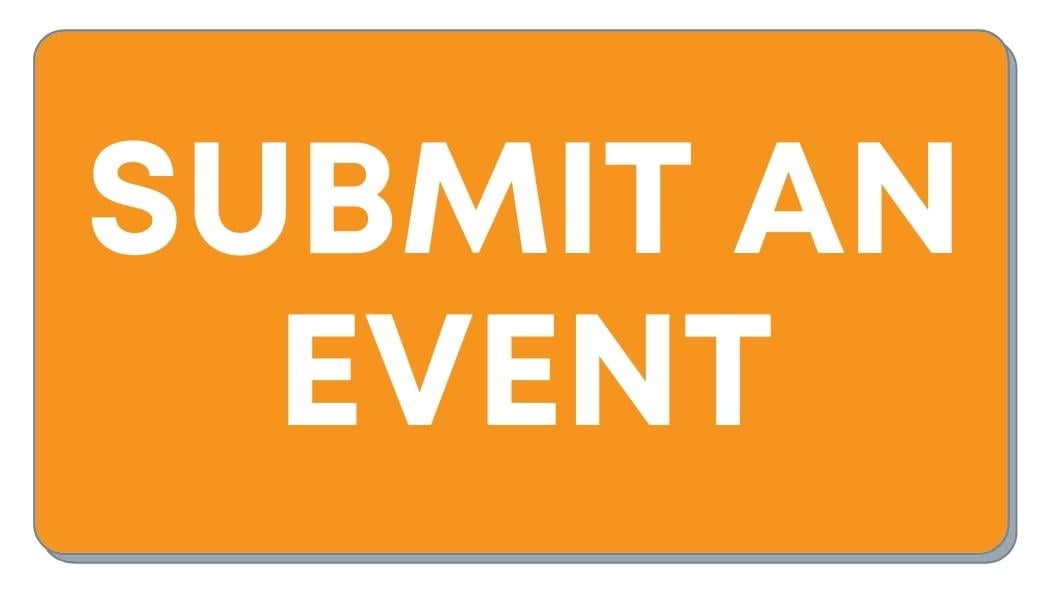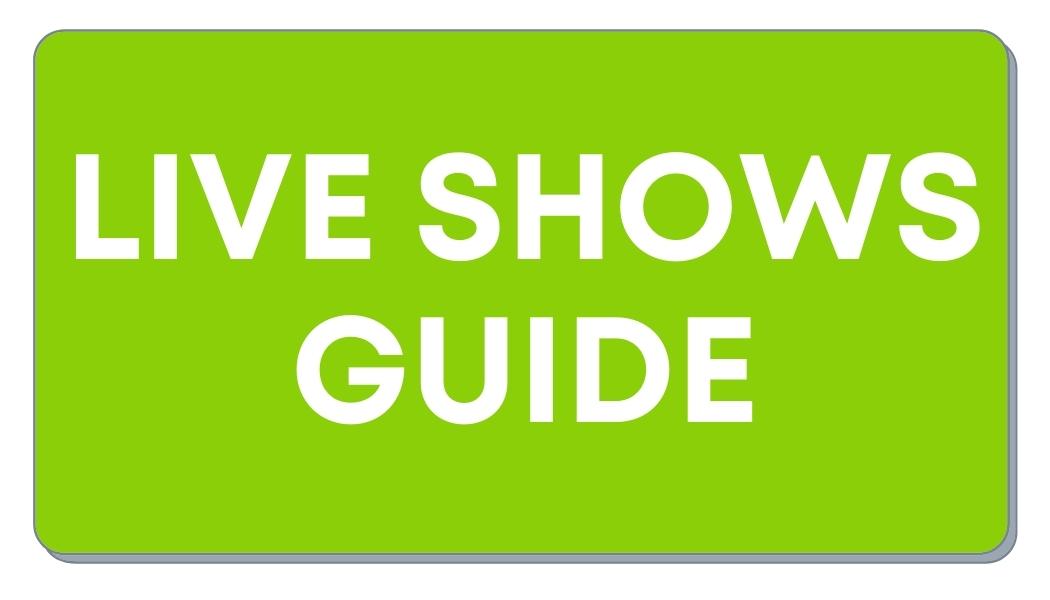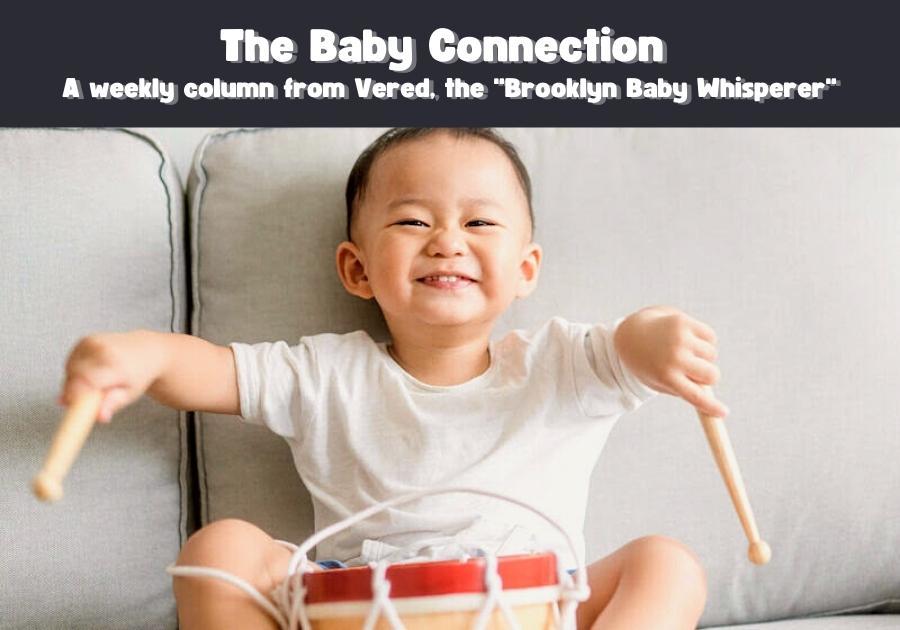Dear Tunester,
Today let’s take a trip around the world with your baby through DRUMMING.
When I was in my 20s I traveled to Cuba twice. The first time I went with my brother. With wide eyes, we took in the polarities of Cuba. The culture was rich with music, food, architecture, energy, and at the same time ridden with poverty. The people had so much passion and joy and even the tiniest baby seemed born with their hips swaying in perfect time with the Cuban rhythm.
A year later, I went back intent on absorbing more of the music. I found a drumming teacher and together we struggled to teach my body how to hear and play the Cuban polyrhythms born out of the perfect marriage of African and Spanish music. I did as well as a “Gringa” could do and I certainly had the desire but it wasn’t in my blood like the kids born into it.
Today, dear Tunie, you may be fantasizing about getting on a plane and going somewhere exotic but this is the next best thing. Let’s take a trip to exotic countries rich with culture through DRUMMING.
Those who have taken my older classes know that Module 3 of Baby in Tune is all about learning music and rhythms from different parts of the world.
Why do a drum circle?
- It makes us feel in sync with each other and that is powerful!
- It helps us release energy – we all need that right now.
- It teaches your baby language!! The syncopation of rhythm teaches your baby patterns of speech.
Why use music from different places in the world?
- To hold on to your baby’s edge
Your baby is actually much more attuned to rhythms than you. While you might have conditioned your ears to be adept at certain rhythms, the ones often used in your vutlreu. Your baby is born with the ability to discern all rhythms. Studies show that babies could detect changes made to a balkan beat when adults couldn’t. By continuing to expose them to rhythms from all over the world you are developing all parts of your baby’s rhythm hearing brain.
- To Change it up!
As you listen to the playlist, you’ll hear that each song has a different energy. Some sound festive, some ominous, some romantic, and some frenetic. Some might make you want to get up and dance and some will surely make you want to drum. Music is the best way to shift your energy when you’re at home with your baby.
- To be Introduced to Other Cultures
We often introduce our babies to different cultures through food but music is often a portal to really feeling and understanding a culture. When we were on our road trip last year we would arrive at a place and immediately play songs that were created in that place. It helped us connect to the area. Playing music from different countries will complement the books you read from different cultures, the food you eat, etc.
To make this very easy for you, I’ve prepared a songlist for you to use.
All you have to do is grab these things:
- Drums if you have them.
- Boxes, pillows or other things to drum on.
- Shakers, maracas, other traditional instruments you might have.
Your baby’s reaction can give you so much insight into who they are and what excites them.
As you play these songs and drum with your baby, ask yourself these questions:
Which rhythms made your baby light up and become more alert?
Do they start to move their body? Jump? Sway?
Does it seem like they feel the rhythm in their body?
Which type of rhythm do they seem to respond to most?
Here’s your playlist! Let’s travel across the world!.
 |
This playlist includes:
(Can you tell I have a soft spot for Cuban music?)
Ubukhto Bethu – South Africa
Dale al yale/rumbata – Cuba
Calypso/trinidad and Tobago Sweet Tassa – Trinidad and Tobago
Tal Nasukh/ Anindo Chaterjee – India
Danse De La Grande Case – West Africa
Cool Tabla – India
Cherokee Indian drumming – Cherokee, US
Taiko drums – Japan
Chinese Thunder Drums – China
Kaleidescope – Brazi
Egyptian dumbek belly dance – Egypt
Bata Repertoire for Egungun – West Africa
Mambo (afro-cuban) – Cuba
Babalu ayeo / Jesus Alejandro – Cuba
Djembe Drums – West Africa
Konkoba – universal african dance and drum ensemble – America
Water come a me eye / Mark Davis – Jamaica
Ma teodora – Cuba
Pepe-didim, Pepe / Mustapha Tettey Addy – Ghana
Koy Drums of Haiti – Haiti
Abdul Khalil Ensemble – Egypt
Tillirkotissa – Greece
Apache Indian Drums – Sedona, US
For more on how to increase your baby’s language through drumming, check out this post.
Do you have a friend who is dying to travel but isn’t getting on a plane anytime soon? Send her this post and tell her to sign up for more.
The Baby Connection archive:
New Situations • Singing to Your Baby • Developing Grit • Baby Buddha • Music Activities • Playing With Balls • Let Them Make Mistakes
| To find out more about Vered and Baby in Tune, visit babyintune.com, find her music on Spotify at Vered, or follow her on Instagram @Babyintune. |
 |  |  |  |
LET'S GET SOCIAL! |
 |  |  |
Want to advertise your locally-owned business? Email me at MacKidBrooklynNW@macaronikid.com



